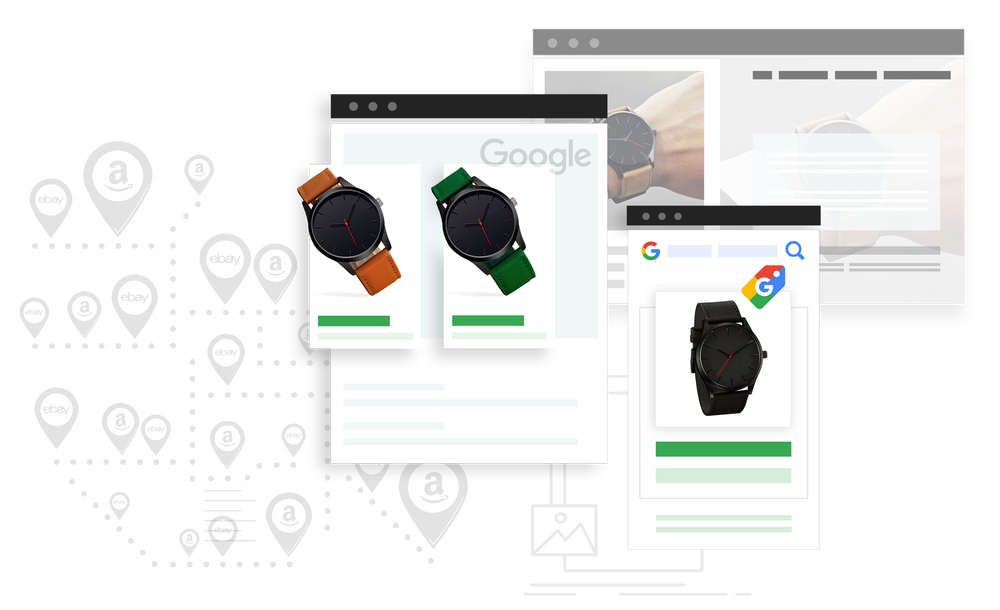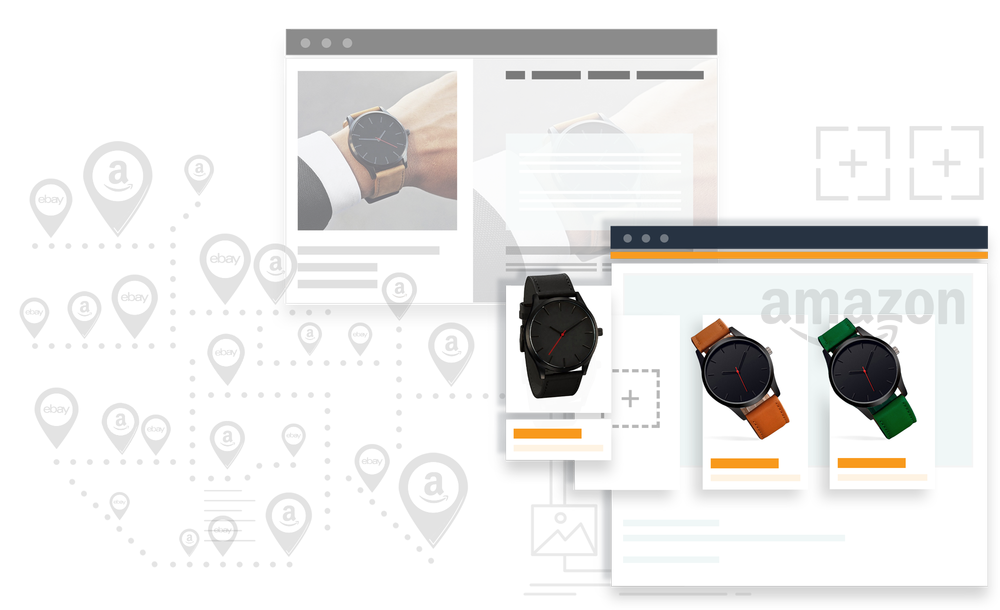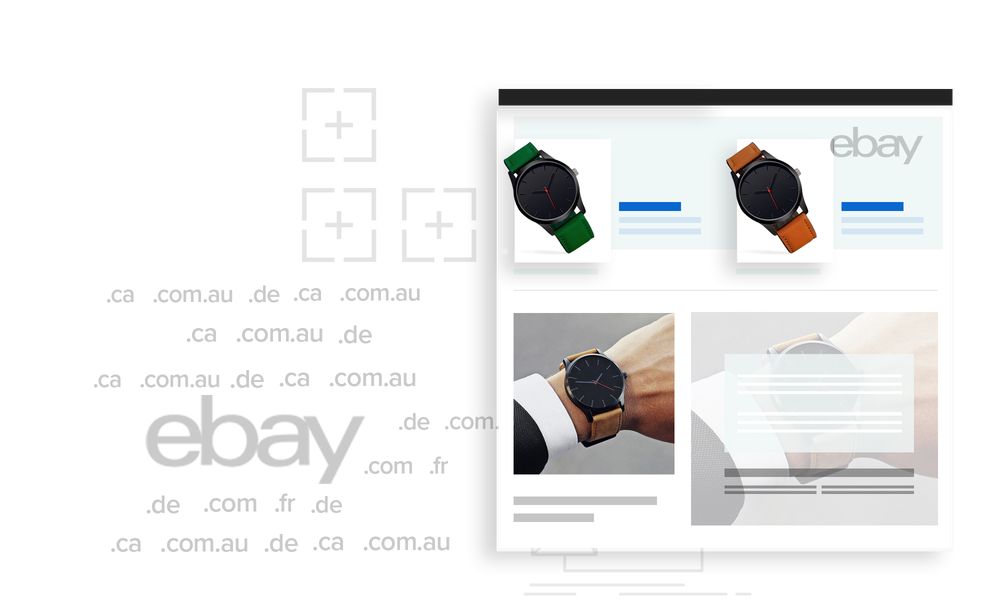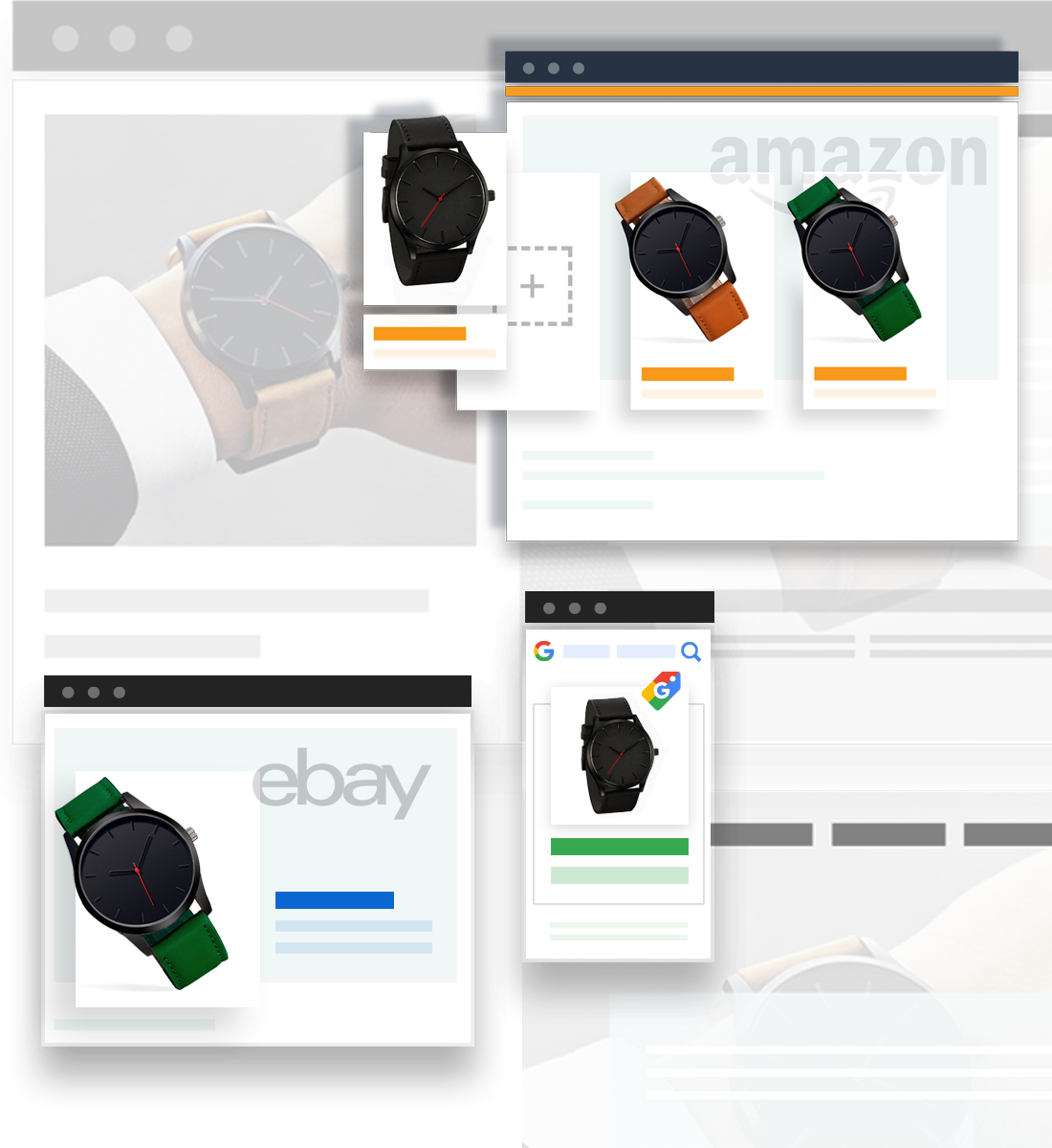
Building A Website
https://geografixx.com/wp-content/uploads/2022/01/hire-a-web-designer.mp4A website starts as a gleam In someone's eye — a vision of an Internet presence to sell a product, promote a service, or promote an Idea. The gleam may be In your eye. or your client's eye, but eventually, the vision must be brought to fruition In the form of code. Images, and text that are polished Into user-friendly pages and then uploaded to a web server for the world to see. Your mission Is simple, kind of: designing a website. You have a good idea of what you or your client wants, and now it's time to start putting your creative spin on those ideas.
What your client sees In her mind's eye may be very different from the cold, hard reality of existing websItes and what's considered acceptable for a specific type of business. After all, when you go into a five-star restaurant for the first time, you have a certain preconceived notion. If you go inside and smell the grease and hear beepers going off ("Fries are ready."). you'll probably make a quick exit, stage-left.
We recommend going online to do a little research first: I.
Do a Google search for your company's or client's type of baldness. You'll come up with quite a few results. You may see some sponsored results at the top of the Google search results. Consider these sites as well. They may be well-heeled competitors.
2.
Start perusing the search results. Visit the sites at the top of the search results page.
3.
Pay attention to the navigation menus and the other elements of each site you visit. Most business websites offer easy-to-navigate menus. Disregard the sites that have navigation menus with cute Icons and no text. Navigation menus like that confuse many users. Also, disregard any sites that don't look professional or have slow-loading graphics.
4.
Bookmark any sites that appeal to you. If you find a lot of sites that inspire you, consider organizing the bookmarks in a folder, a task you can easily accomplish with most modern web browsers.
Now you have a dossier of sites that you can use and peruse when you need a bit of inspiration. The site you create will have your own unique design style, but this research will steer you in the right direction, enabling you to create a site that has a similar functionality to the sites from companies that perform the same service, or sell the same goods as your client's. Once you know what's expected for this type of website, you can put your own unique spin on It and come up with a unique design that incorporates your company's or client's brand.
You can also surf for inspiration by reading industry trade magazines. Your client probably has a stack of them in her waiting room. The trade magazine will have URLs listed with company profiles or advertisements. Surfing for inspiration is a great learning experience if you've never created a site for your client's type of business before. You discover lots of similarities between the sites that inspire you, and you'll also find some differences.
After you surf for inspiration, let the information stew in your subconscious for a couple of days before writing any code or creating any graphics. You might have your own defined style and way of working, but the additional information gained from perusing websites of the client's competitors and similar companies can help you keep the client's grand vision in check and also help you define what's expected for a website designed for a specific industry or service. It's also beneficial to have the information close at hand. It can help keep you on track.
Each website needs a purpose. Even if you're designing a small site about your hobby, you need to have a reason for building the site. You also need to decide how you will measure the success of the site. People often talk about a "successful" website, but what does that really mean? Is your goal to raise awareness for a cause, to showcase a service, or to increase sales?
Perhaps the end vision for the site is to cut clown on customer service calls or perhaps obtain a large volume of traffic for a brick-and-mortar business. If a site doesn't have a goal or a definition of success, you won't know how to develop or maintain it. You determine these goals In part by talking with the internal stakeholders of the site (what are their expectations?) and also by determining what it is that the external audience needs.
Usually, a site has more than one goal, so make a list and prioritize your goals. Decide which goals and features are must-haves and which are simply nice to have. Concentrate your efforts on the must-haves first and then create a development game plan to add the nice-to-have stuff. The great thing about websites is that if you plan them well, adding things can be fairly simple.
Another important reason to have goals is that it helps you set project milestones — short-range goals that help you measure your project's progress while keeping everyone on track. An example of a short-range goal would be presenting a graphic mockup of the site for the approval of team members. When working for a client, having milestones is important because it enables the client to sign off on the progress, showing approval of the work to that point. If the client doesn't approve of the work, you need to get specific feedback regarding what the concerns are, refer to the original plans for the site, and determine whether the requests fit within the original scope of the project. If they do, make the changes and then request a review/sign-off of those changes. This process prevents confusion about whether a client approves of the work and ensures that the client agrees that the product has been delivered as expected. For more about checking your progress at milestones, see the "Revising Your Original Plans: Using Feedback to Improve" section,
#1
Designing the Web Site design
is about the nuts and bolts of how a site works and about making the visual aspects work within the technical needs, and this blog post helps you make these two worlds come together. From sketches on the back of an envelope to working with navigation flowcharts to generating the perfect color scheme for your style and message, we explore a whole range of options and dimensions to web design. In short, If you're looking for Information about creating layouts and planning site structure, implementing appropriate design, and collecting and using feedback, you'll want to read this post
Building Pages with HTML HTML
is the basic language for designing web pages, and this post walks you through generating or coding the basic HTML you need to create pages? Plus, you'll learn to take advantage of HTML5's radically new approach to structuring page content as well as how to create and structure pages in Dreamweaver CS6.
Designing Pages with CSS Modern web pages
are designed and formatted using external (linked) CSS style sheet files. This Post teaches you to format text and images, design pages with columns and boxes, and to apply CSS3 tools to create effects that previously could only be achieved with images or Flash. This Post also walks you through creating and applying style sheets in Dreamweaver CS6.
You can also Hire a Local Web Designer in DavieIncorporating Web Graphics and Multimedia
A website without graphics is text, which won't keep a visitor interested for very long. Book V begins with an introduction to web media and the various formats you'll use to incorporate images in your design. Then it's off to the races with Fireworks, Photoshop, and (last but not least) Flash.
It also shows you how to add multimedia content to your designs. If you want music or other Joyful noise on a website, If It's a full-motion video your client is after, we show you how to add it to this post. We wind up this trip down the multimedia way with an introduction to Flash CS6 in this Post.
Creating Interactive Pages with JavaScript JavaScript
is how you add animation and interactivity to your website. Drop-down menus? Hover-over tooltips? How about a navigation Jump menu? Or "Query Mobile content for mobile sites? All covered. This Post shows you what JavaScript Is, and how to create the elements you need, with three alternatives: writing simple scripts yourself, availing yourself of online libraries of premade JavaScript, and generating JavaScript with Dreamweaver CS6 or online resources.
Managing Forms
with PHP Build your newsletter list. Provide a helpful search box. Sign up volunteers for your cause. Or collect valuable feedback from happy (or not so happy) visitors. This post covers everything you need to design forms with "prompt" text and validation tests (to make sure the data looks right before being submitted). And, we'll show you how to use a wide set of options for collecting form data, ranging from basic PHP scripting to professional (but free!) e-list managers. Bonus: See how to use Dreamweaver CS6 to create validation JavaScript and mobile-specific form elements, such as sliders and switches.
Social Media and Interactive Add•Ons
Social media is a hot topic these days. Businesses use social media such as Facebook and Twitter to get the word out. Social media can also be used to draw visitors to a website. We show you how to add a WordPress blog to a website. We show you how to incorporate social media with the website and vice versa. 11 the website you're designing has something to sell, we show you how to integrate e-commerce with a website in
Deploying and Managing the Site
If you build It, they will come. Not The only way to get people to flock to a website in droves is to promote it. We begin this post by showing you how to test the site and then upload it. If you've created a good design, visitors will come — and with any luck, the site will catch on. And if the site really catches on, you'll probably need to revise or redesign the site.
Hire local web design companies https://geografixx.com/hiring-a-local-web-designer-in-broward/

 CALL: 888-430-4939
CALL: 888-430-4939 Live Chat
Live Chat Geografixx.com
Geografixx.com Voted Best Web Design Company
Voted Best Web Design Company 


















